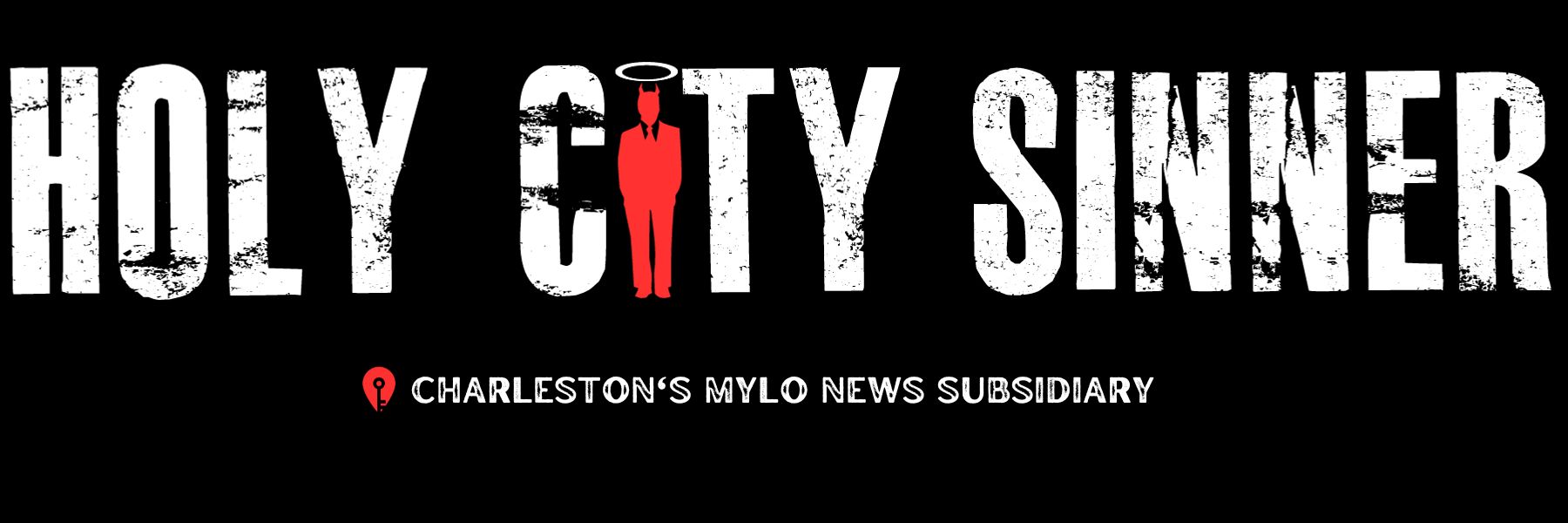By: The Charleston County Criminal Justice Coordinating Council
The Charleston County Criminal Justice Coordinating Council, or CJCC, today released its 2021 Annual Report providing an in-depth review of the local criminal justice system (CJS) functioning, progress and challenges between 2014 and 2021. The CJCC is a collaborative council of criminal justice system leaders and community representatives that routinely studies trends, identifies common challenges, and implements strategies to address them. Since its inception in 2015, the CJCC has taken a collaborative and data-guided approach to improve Charleston's criminal justice system with an ongoing commitment to accountability and transparency.
The report includes updates on several areas continuing to show improvement through cooperation and collaboration across the system. For example, collaboration among CJCC membership continues to deliberately prioritize alternatives to jail for lower-level charges that were previously the most frequently booked and found to disparately impact communities of color. The collaborative council also continues to support law enforcement's use of community-based services so people can get the help they need without falling deeper into the criminal justice system. Such strategies fundamentally changed jail use in Charleston County from 2014 to 2021.
∙ The number of local municipal and magistrate charges booked into the jail decreased by 80% (-21,589) while General Sessions Court charge remained relatively steady.
∙ Local bookings into the jail decreased by 65% (-15,965).
∙ The rate of local bookings among Black adults decreased 67% from 177.76 per 1,000 Black adults in 2014 to 58.25 in 2021.
∙ The rate of local bookings among White adults decreased by 65% from 48.05 per 1,000 White adults in 2014 to 16.86 in 2021.
∙ The annualized local jail population reduced by 40.5% (-450).
While the data showed marked improvement in many areas, it also illuminated areas with further opportunities for system-wide collaboration and improvement.
∙ Persistent case processing challenges contribute to a growing period of time between arrest and case resolution. In General Sessions Court in 2021, the median time to case resolution grew to 592 days (from 415 days in 2015).
∙ Incarceration inequities still exists between the Black and White populations of Charleston County. In 2021, there were 6.5 black adults incarcerated for every one white adult (from 7.97 black adults: one white adult in 2014).
∙ The local jail population is mostly individuals awaiting General Sessions Court. At the end of December 2021, the Sheriff Al Cannon Detention Center held 640 defendants awaiting General Sessions Court for an average of 266 days.
∙ Repeated studies indicate most individuals release while their cases are pending and most are successful on pretrial release (e.g., no new arrests and/or missed court appearances). However, a minority are rearrested within the first six months and can be re-arrested more than once.
∙ As stated earlier, the period of time between arrest and case resolution is growing allowing more time for these pretrial failures to occur. Also, South Carolina has limited pretrial options to support successful pretrial outcomes and reduce the number of pretrial failures.
“While we are pleased with the progress to date, there is still much more work to be done. Moving forward, the CJCC will continue to enact deliberate, data-guided solutions to achieve positive results for the residents of Charleston County as we advance the goals and objectives of our FY21-FY23 Strategic Plan,” said CJCC Chairman Jason Bruder, Captain Charleston Police Department.
“We also hope our experiences and data can help inform ongoing steps to make the criminal justice system more effective, efficient and equitable,” said CJCC Co-Vice Chair Keith Smalls, Founder and Executive Director My Community's Keeper Mentor Group.
Moving forward, the CJCC will continue to focus on the identified areas of improvement through community-wide collaboration. To learn more about the trends and progress to-date pursuant to the FY 21 – FY 23 Strategic Plan, please review the full 2021 Annual Report.


